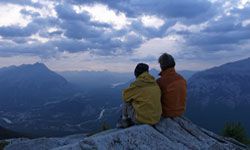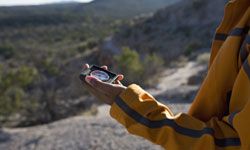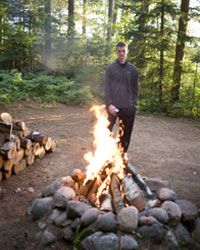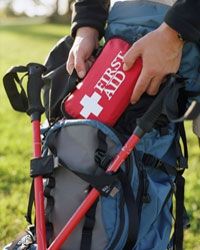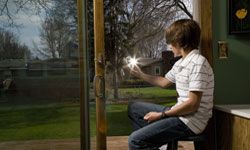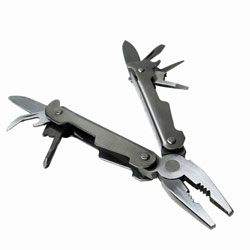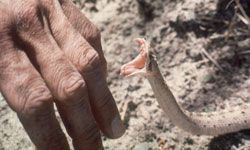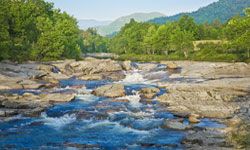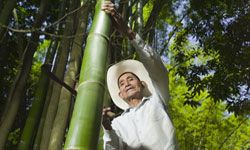There are many different situations that could lead to a gas on a desolate stretch of wintery road. The question isn't whether you could find yourself alone or stranded in a potentially life-threatening situation. It's whether you'd be equipped to deal with it.
Having a well-stocked emergency kit in your car is a good place to start if you're taking a road trip. If you're camping or hiking, you'll want some survival supplies in your pack. The old saying holds true -- it's better to have something and not need it than to need it and not have it. On the following pages, we'll walk you through the 10 items that should go in every survival kit.
Advertisement
